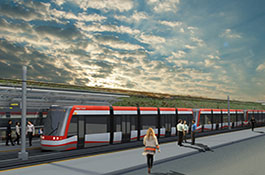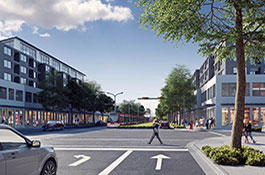

Sustainable Urban Development
Smarter cities aren't a social ideal, they're an economic imperative
Five billion
city dwellers before 2035
Over nine billion
expected growth in global population by 2050
US$9 trillion
per annum forecasted global infrastructure spending by 2025
US$400 billion
in cost-saving opportunities in current projects and processes worldwide
 Asset managers of many different hues claim they are thinking harder about their social role: the ‘S’ in ESG. But evaluating social value generated from investment decisions is not straightforward, as Dr. Kelly Watson, our expert in the development and application of social impact methodologies for cities, infrastructure, and built environment clients explains.
Asset managers of many different hues claim they are thinking harder about their social role: the ‘S’ in ESG. But evaluating social value generated from investment decisions is not straightforward, as Dr. Kelly Watson, our expert in the development and application of social impact methodologies for cities, infrastructure, and built environment clients explains.Blogs

Embark on a journey through the transformative power of Port-as-Place. Discover how ports are not just conduits of commerce but catalysts for innovation, placemaking, and growth. Dive into the three pivotal steps that can redefine waterfronts as vibrant hubs of economic, social, and environmental progress. Learn how building a robust evidence base, envisioning a sustainable future, and master planning a dynamic port-city interface can unlock the full potential of ports. It’s time to reimagine ports as places of opportunity and engines for regional transformation.

Zero emission buses: A holistic solution to battery electric and fuel cell technologies
How can cities best implement zero emission buses? And how are ZEBs defined and quantified?

The pivotal role of geotechnical engineering in responding to climate change
Climate change poses unprecedented challenges to our planet, affecting not only the environment, but the infrastructure that supports human society.
News
Hatch wins the OPWA Public Works Project of the Year Award for the Eramosa River Bridge replacement project
Friday, July 5, 2024
International Women in Engineering Day: Celebrating Engineering Excellence
Sunday, June 23, 2024
Hatch welcomes Colin Lawrence as global advisor, Tunnels
Thursday, June 6, 2024
Want to get in touch with Urban Solutions?
Related projects

The socioeconomic impact of the Gautrain study
South Africa
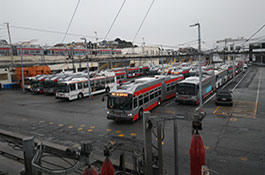
San Francisco Municipal Transportation Agency
United States

Transport for London's and Crossrail's Economic Impact
United Kingdom

Sound Transit Advisory
United States
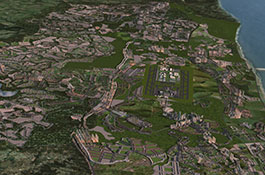
Durban Aerotropolis Master Plan
South Africa

Belfast Waterfront Regeneration
Belfast, Northern Ireland

Transport for London Economic Impact Report
United Kingdom
See All
How can we help?

Water

Urban Solutions
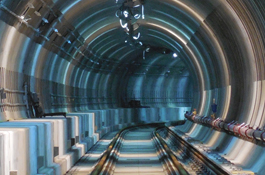
Tunnels
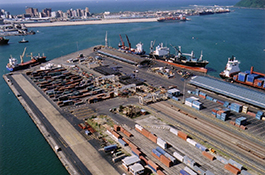
Transportation & Logistics

Transit

Pipelines

Rail

Ports & Terminals

Hydrometallurgy

Highways & Bridges

Environmental Services

Aviation
TAC 2020-One Toronto: Vision Underground

Tailings, Mine Waste Management & Mine Closure

Hydropower & Dams
Earth Sciences and Engineering
